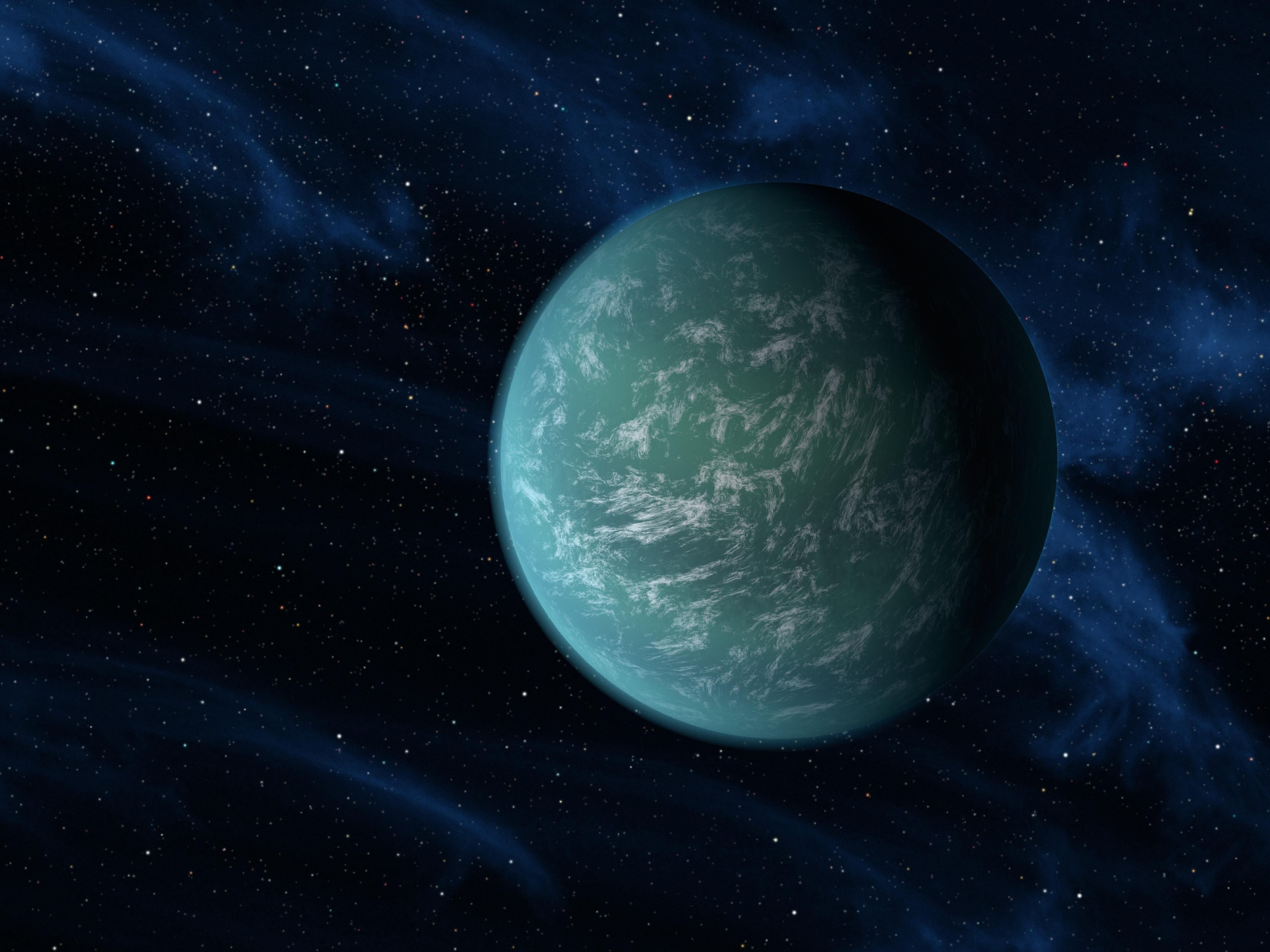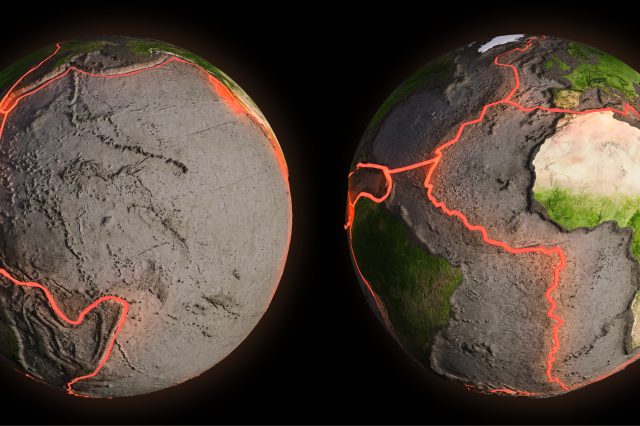A star system containing three Super-Earths and two Super-Mercuries, a type of planet that is extremely rare and distinct, has been found by astronomers. Super-Mercuries are so uncommon—only eight have been found so far—that they are extremely rare.
In the star system HD 23472, two “super-Mercury” worlds were discovered by ESPRESSO’s spectrograph. These planets are quite rare, according to astronomers. This study examined how the composition of tiny planets varies with planet position, temperature, and stellar characteristics. It was published in Astronomy & Astrophysics.

According to Susana Barros, a researcher at the Institute of Astrophysics e Ciências do Espaço (IA) who oversaw the project, the goal of the observation of this planetary system is to characterize the composition of small planets and to investigate the transition between having an atmosphere and not having one.
Star irradiation may be connected to the atmosphere’s evaporation. Unexpectedly, the scientists discovered that this system is made up of two Super-Mercuries, which are the closest planets to the star, two Super-Earths, each of which has a sizable atmosphere.
Three of the five exoplanets in HD 23472 have masses that are smaller than that of the Earth. Using the radial velocity method, it was found that the five planets were among the lightest exoplanets ever found. This method can identify minute variations in a star’s velocity brought on by planets in orbit.

The ESPRESSO spectrograph, which is mounted on the VLT at the European Southern Observatory (ESO) in Chile, contributed the great accuracy that made the discovery possible. The higher mass analogs of Earth and Mercury in terms of composition are super-Earths and super-Mercuries. The main difference between them is that super-Mercuries have a higher iron content. Very few exoplanets exist in this type.
In actuality, just eight—including the two recently found—are known. Although being one of the densest planets, Mercury has a larger and more substantial core than Earth and the other planets in our Solar System.
Mercury is the hottest planet in the solar system, therefore some of its mantle may have melted due to high temperatures, or it may have been destroyed by a significant impact. We search for other dense, Mercury-like planets orbiting other stars in order to understand the evolution of such objects.

It’s important to note that the discovery of two super-Mercuries, rather than just one, in the same planetary system provides astronomers with a clear picture. Using the ESPRESSO spectrograph, we discovered a system containing two super-Mercuries for the first time. According to co-author and IAC researcher Alejandro Suárez, “This helps us understand how these planets developed.
It is already highly improbable that a big impact could produce a Super-Mercury; two massive impacts in the same system would be even more unlikely. In order to understand how these two super-Mercuries evolved, according to co-author and IAC researcher Jonay González, more characterisation of the planet’s composition is necessary.
The Extremely Large Telescope (ELT) with its first-generation high-resolution spectrograph ANDES will allow scientists to analyze the surface composition or the existence of a fictitious atmosphere for the first time. The team’s ultimate objective is to find a planet that is similar to Earth.

Because planetary systems have atmospheres, scientists are better able to understand the beginnings and evolution of planetary systems. It can also establish a planet’s habitability. We would like to carry out this kind of research on planets with extended periods of suitable temperature, says Barros.








